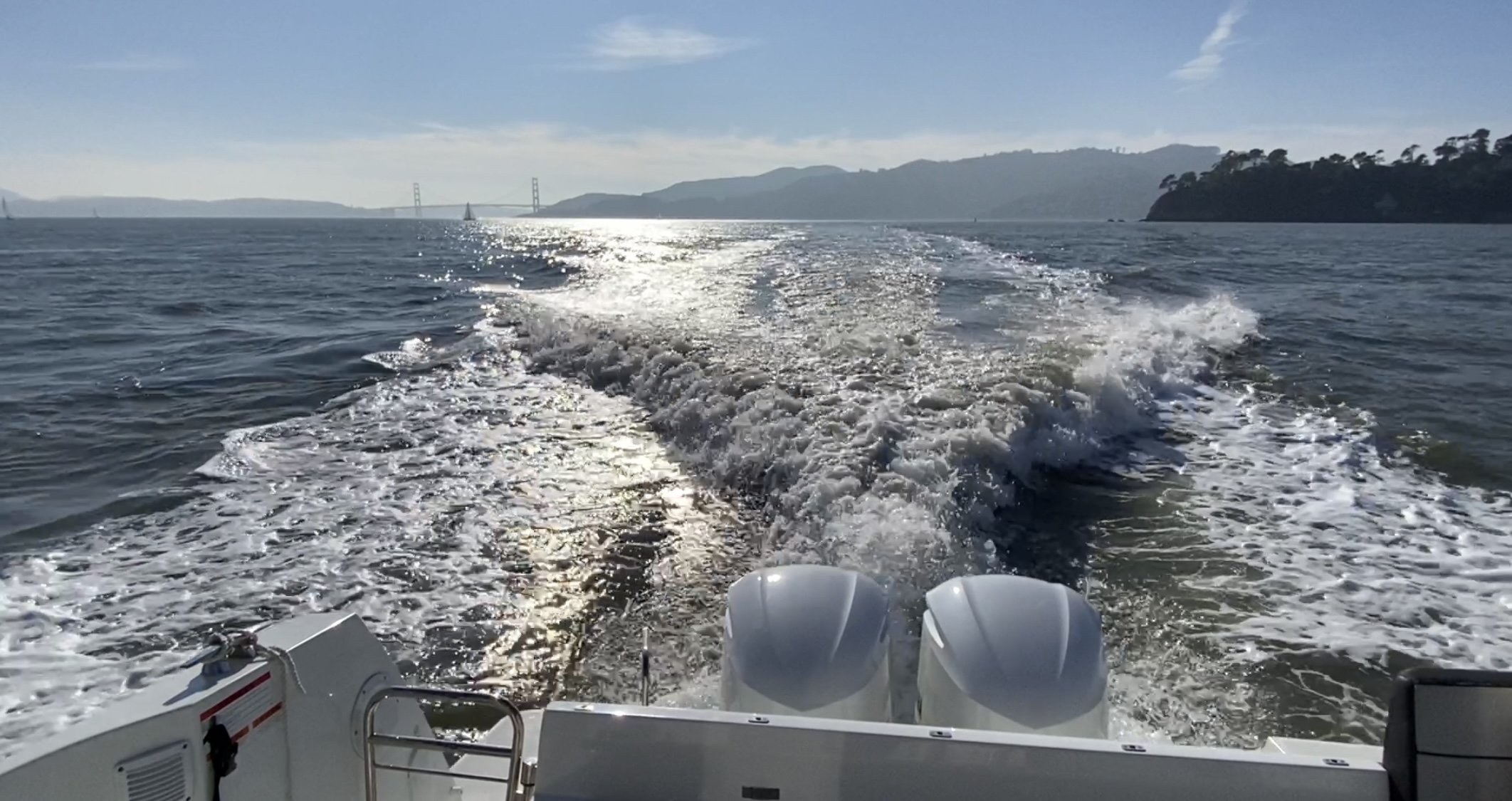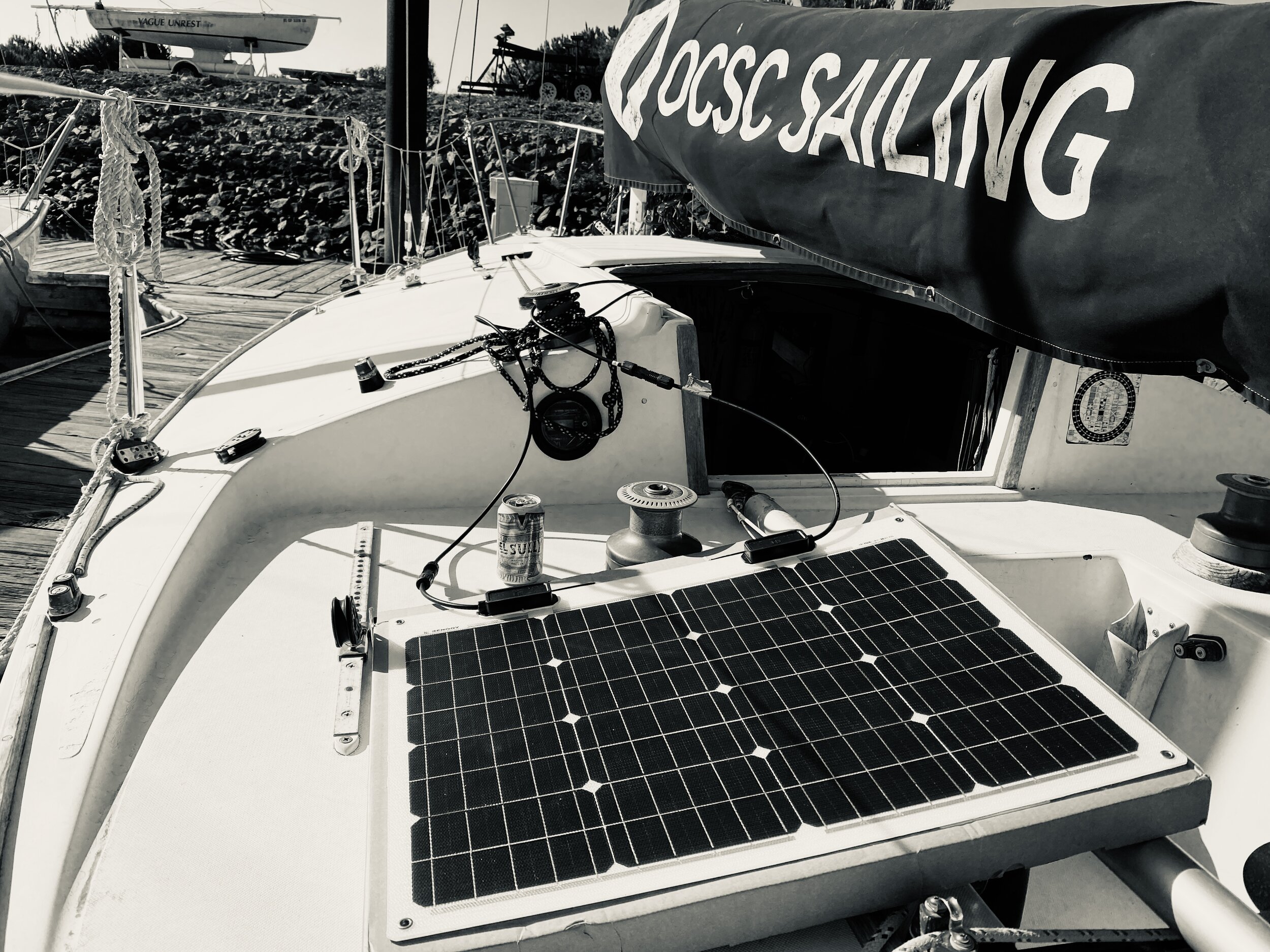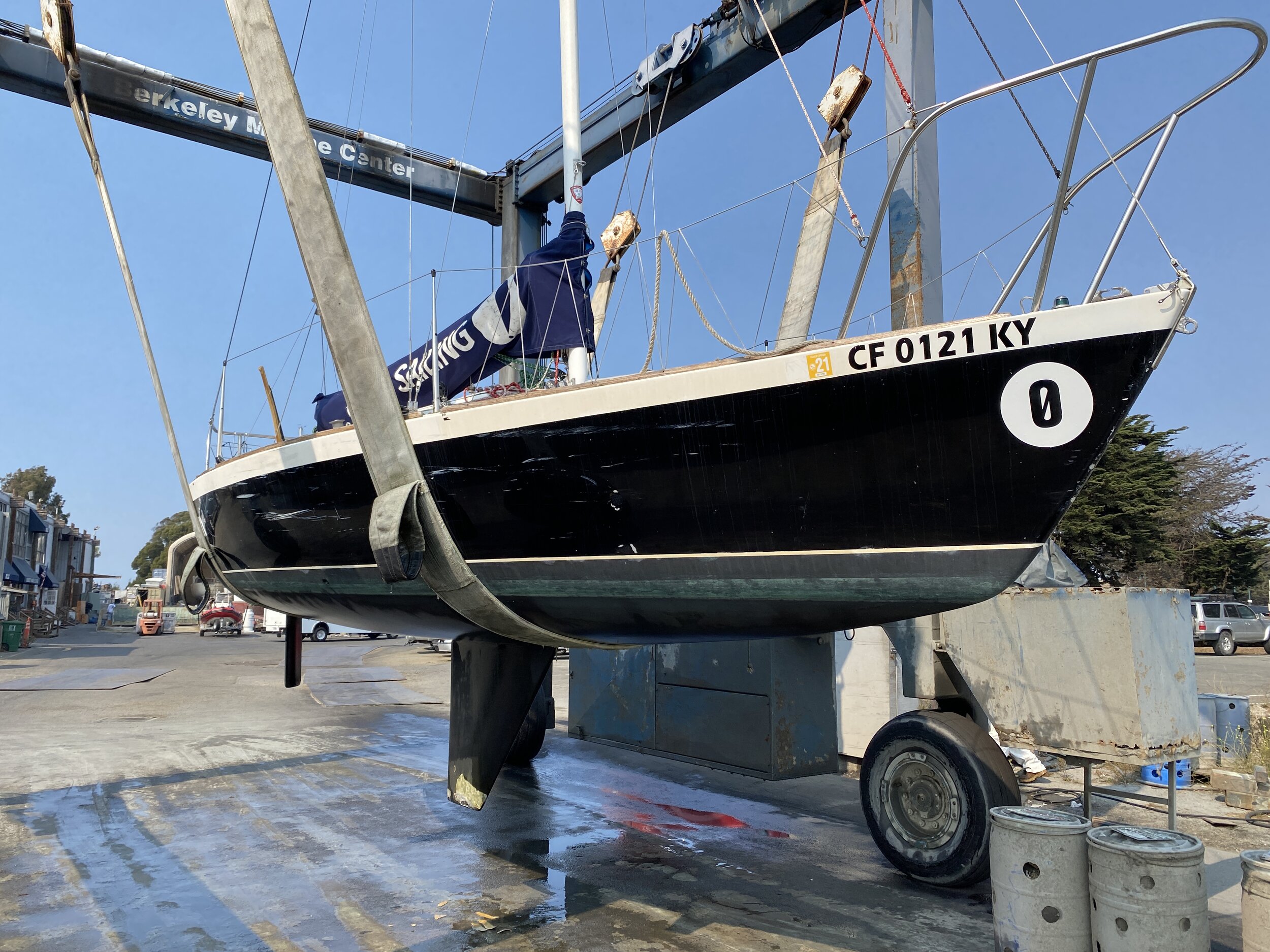There are many jokes about boat ownership.
“The two happiest days of a sailor’s life are (1) the day he/she buys a boat and (2) the day he/she sells the boat.”
“What does BOAT stand for? Bring out another thousand.”
And so on.
But I knew this going into my purchase of the J24. It’s one reason I only bought 24 feet of boat.
I also knew that owning a boat is really an investment in a lifestyle because the boat will require a lot of time and attention with maintenance, repairs, and hopefully sailing! I’ve been witness to this having been a member of a sailing club for 7 years, an instructor at a sailing school for 3 years, and a crew member of an ocean-cruising vessel for 7 ocean crossings.
Boats are a LOT of work. There is always a “boat job” to do… more like 100 boat jobs to do.
And when you fix one issue, two more likely pop up.
Again, I knew this going in. And it’s another reason I only bought 24 feet of boat. How many issues can you have with 24 feet?
Well, apparently, quite a few.
Upon buying my boat, “Midnight Run,” I bought a little notebook and made a long list of boat jobs. Sure enough, for every job I completed, at least two more were added. For every boat part I fixed, I managed to break two more parts.
For example, one of the very first things I did was clean the bilge (the lowest part of the boat’s interior, where water collects). It was dirty and moldy. I scrubbed and rinsed, during which time more water (now soapy dirty water) naturally collected in the bilge. No worries. I went to the manual bilge pump to pump the water out… and after about 3 pumps, the bilge pump broke.
I sponged out about 8 inches of water from the bilge, and then added “Fix Bilge Pump” to my list of boat jobs.
Another example. I proudly checked off “Fix Latch on Galley Cabinet Door” on Tuesday. On Wednesday, I broke the same cabinet latch when I removed the water tank from the cabinet. Back on the list it goes. “Fix Latch on Galley Cabinet Door (Again).”
Such has been my life for the last month. Fix one thing. Add two more to my list.
It’s actually been great fun, but a physical, mental, and intellectual challenge. I’ve had to contort my long, lanky body into strange positions to reach screws, bolts, hoses, dirty corners, etc. I’ve had to keep a positive attitude and not get frustrated or overwhelmed. And I’ve had to learn how to be a carpenter, a plumber, and an electrician. Thank goodness for the internet!
The biggest project, which is documented below in pictures, is the refurbishing of the shelving units on both port and starboard sides of the main salon. Yev, the previous owner (and also head of Fleet Service at OCSC), helped me with this project.
We removed the existing shelving, which was old and moldy, and separated the pieces. We kept the original frames which I sanded and varnished. Yev cut new shelf boards and support struts, which I then also sanded and painted. We reassembled on the dock and then re-installed the units.
I had plexiglass sliding doors custom-cut for the front of the shelves (tracks were already built-in to the frames). However, I learned (or re-learned) the importance of “Measure twice, cut once”; my first set of measurements were wrong, so I had to go back to the plastics shop and pay for a second set of sliding doors.
The shelves look great, and are now actually very useful. I’ve lined the bottom of the shelves with non-skid to prevent items from moving around. The sliding doors also help keep things organized and secure, while adding a sense of streamlined simplicity to the salon by hiding clutter.
In addition to the shelves, I also painted the interior of the three cabinets and varnished the cabinet doors. The upper galley cabinet on starboard side now holds various picnic items (cups, plates, napkins, utensils); the lower galley cabinet on starboard side houses the 5 gallon fresh water tank, complete with new hosing; and the gear cabinet on port side is freshly painted as well. The nav table and armrest on port side have also been replaced by new marine plywood and varnished. And the four settee boards (covering four storage areas) have been sanded and varnished.
I’ve also done some more minor cosmetic things like polish the stainless steel railing; clean, polish, and reset the sink; replace the faucet; buy additional fenders and ducklings; add plastic storage bins for owner/guest gear; and more.
The next BIG job is to re-wire the electrical system. That is going to require some research!


































































































